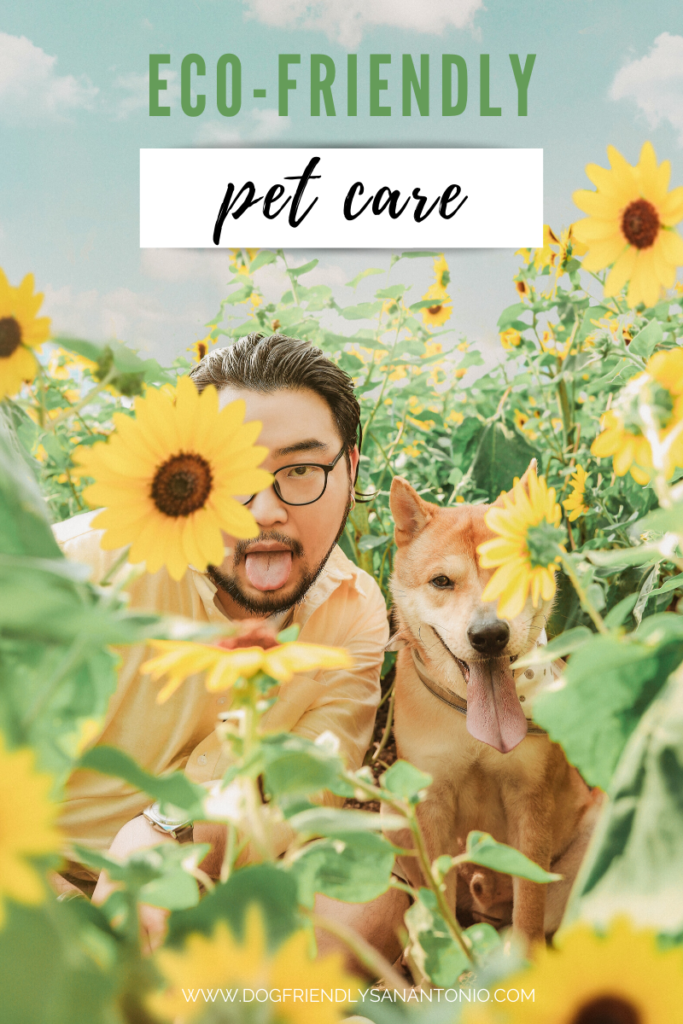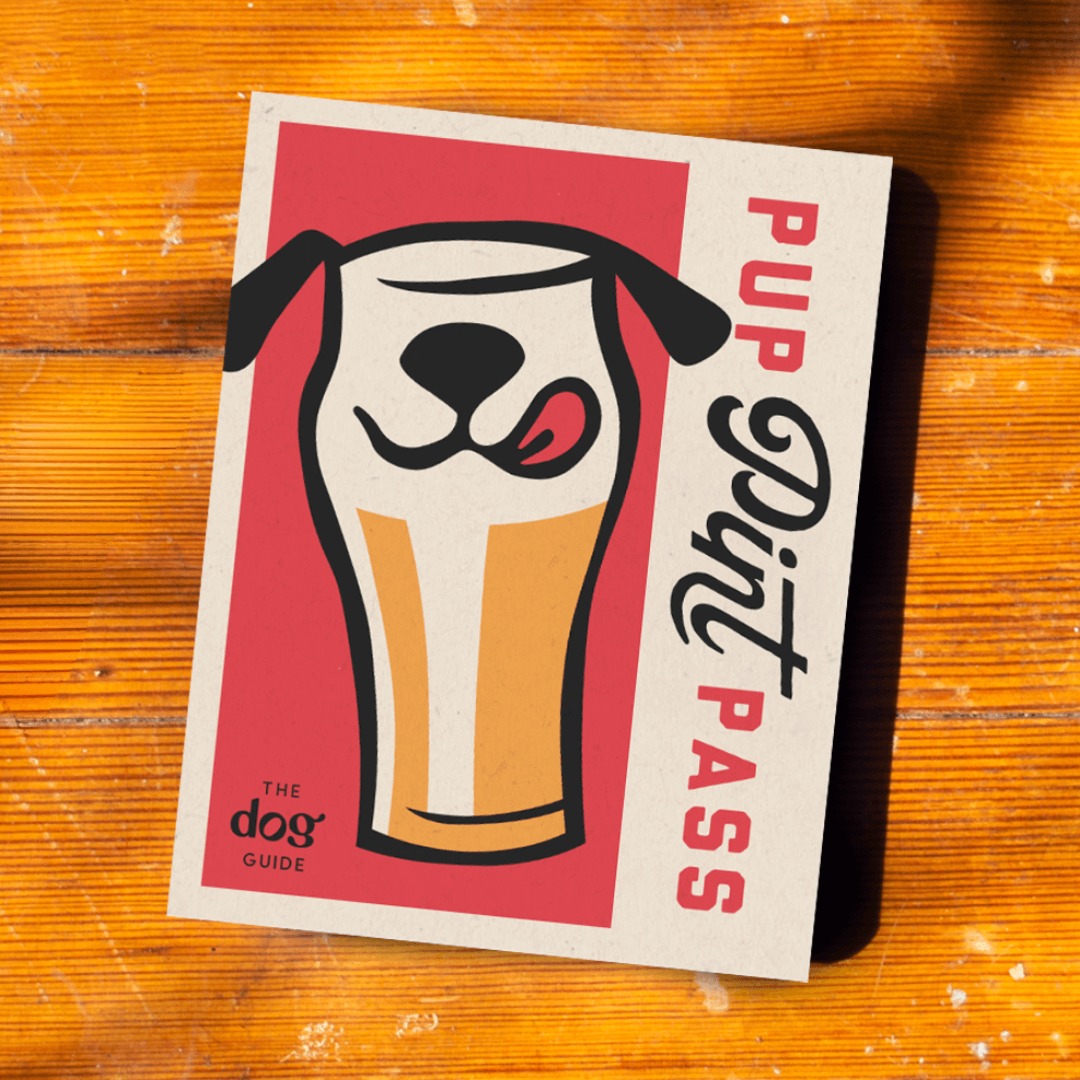
April 22 is Earth Day, a day to honor our planet and look for ways to make big (as well as small) changes that can impact planet Earth. Believe it or not, as pet owners, we face decisions every day that can ultimately impact the planet. While it might feel daunting to try and change so many of our habits for the good of the planet, the good news is that even little changes can add up to a big difference in the world.
Here are a few easy ways to ease your pet’s burden on our planet:
4 Ways to Make an Impact with Eco-Friendly Pet Care
Adopt Don’t Shop
As a pet owner, one of the greatest things that you can do to support a greener existence is to adopt a pet rather than shop for a pet at a pet store or puppy mill. There are millions of homeless animals crowding our shelters and, by adopting a dog or cat from a shelter, you’re saving a life and making space in the shelter for another animal in need.
Beyond adoption, once you’re happily co-existing with your animal companions at home, there are more ways to support a greener life as a pet owner.
Scoop the Poop
Leaving dog or cat waste where pets drop it might seem like a natural alternative to putting it in a plastic bag and dumping it in a landfill, but harmful bacteria from pet waste may seep into local groundwater, be swept away in rainwater runoff or–if flushed–survive sewage treatment and eventually contaminate streams, lakes, or bays. Alternately, some pet owners compost pet waste in a miniature outdoor septic tank, but most of us just scoop it up in a poop bag. When shopping for poop bags, look for biodegradable bags that will decompose in the landfill–or reuse plastic grocery bags. For cats, make sure you’re using litter made from materials that can be easily composted—such as corn, wheat, or recycled newspaper, rather than unsustainable clay.
Treating Fleas with Safer Methods
A flea infestation is misery, but commercial “bug bombs” fill your home with potentially hazardous chemicals. Try controlling the local flea population by using a combination of non-toxic methods. Grooming your pet regularly with a flea comb is a good start. As the fleas are caught in the comb, deposit them in soapy water to prevent them from jumping back onto your pet.
Fleas lay their eggs in the environment rather than on the animal, so cleaning up dust, debris, and pet hair will also help. Wash pet bedding and vacuum every five days, and get the vacuum bag out of the house before those tiny flea eggs hatch. You can freeze or burn the bag contents to destroy the eggs. Using a wet vac with slightly soapy water is an efficient way to capture both stray fleas and eggs. “Natural” or “food grade” diatomaceous earth (not the kind used in swimming pool filters) is safe to use in areas that can’t be reached by a mop or vacuum—the fine powder dehydrates fleas.
Safer Pet Food and Pet Food Containers
Try to choose pet foods that are made with organic or human-food grade ingredients that avoid hormones and additives. It’s also helpful to buy in bulk to reduce packaging and transportation waste. Consider purchasing the biggest bag of dry food available and then store it at home in a large container. This also helps keep the food fresher for longer, preventing food waste in the process. Be sure to recycle wet food cans as well.
Just a few, relatively simple changes can add up to big results for the environment. These green pet care tips won’t just keep your most playful family members healthier, but you’ll also add “eco-friendly” to the list of life lessons your kids will have learned from having a family pet. Your influence can change the planet for generations.

